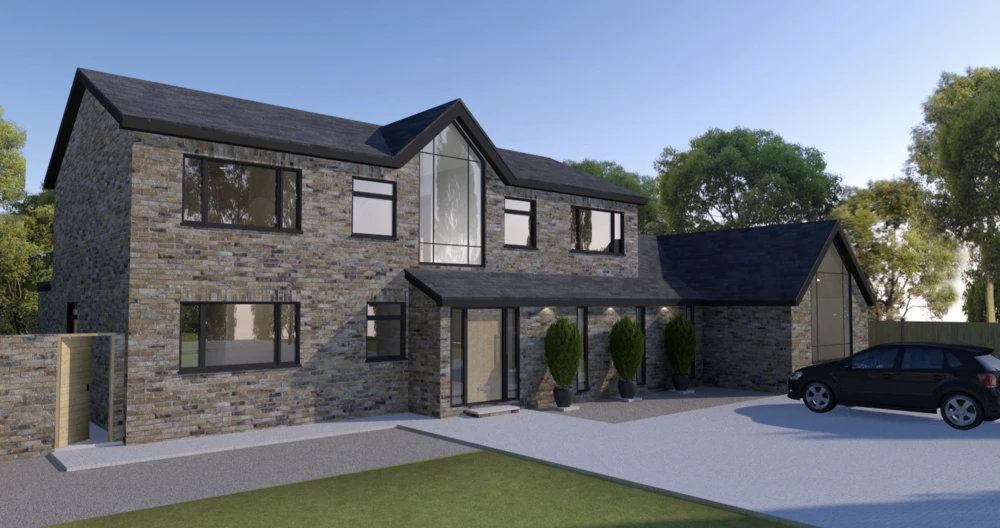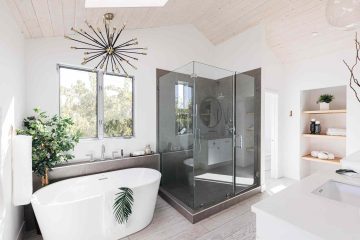Designing your own home is an exciting and rewarding endeavor, offering you the unique opportunity to create a space that perfectly fits with your lifestyle, preferences, and needs. However, it also comes with its own set of challenges and important considerations. Before diving into the design process, here are five crucial things you should consider to ensure your project is a success.
1. Understand Your Budget
The first and most critical step in designing your own home is establishing a clear and realistic budget. Your budget will dictate many aspects of your design, including the size of your home, the quality of materials, and the scope of customization. It’s essential to factor in not just the construction costs, but also additional expenses like permits, landscaping, interior design, and unforeseen contingencies. Working with a financial advisor or a professional home design company like Meadan Homes helps you come up with a detailed budget that aligns with your financial capabilities.
2. Location and Site Considerations
Choosing the right location is paramount. The location of your home affects everything from the design and layout to the overall cost and long-term value of your property. Think about things like proximity to work, schools, and amenities, as well as the natural landscape and orientation of the site. The topography, soil quality, and climate of the area will influence the foundation type, drainage systems, and energy efficiency strategies for your home. Carry out thorough research or consult with a local real estate expert to be sure that you make an informed decision.
3. Future-Proofing Your Design
While it’s important to design a home that meets your current needs, thinking about the future is equally crucial. Consider how your lifestyle might change over the years and how your home can adapt to these changes. This might include designing flexible spaces that can serve multiple purposes, planning for potential expansions, or incorporating aging-in-place features such as wider doorways and step-free entrances. If you have children or plan to in the future, investing in durable playground equipment can ensure that your outdoor area includes high-quality, long-lasting play structures that will serve your family for many years. Future-proofing your home design ensures longevity and functionality for years to come.
4. Energy Efficiency and Sustainability
Incorporating energy-efficient and sustainable design elements is not only beneficial for the environment but also for your wallet in the long run. Think about integrating renewable energy sources such as solar panels, using energy-efficient windows and insulation, and selecting sustainable building materials. Passive design strategies like optimizing natural light and ventilation, can significantly reduce your energy consumption. Consulting with a sustainability expert can help you make informed decisions that contribute to a greener and more cost-effective home.
5. Hire the Right Professionals
Designing a home is a complex process that needs the expertise of various professionals, including architects, engineers, contractors, and interior designers. Hiring the right team is crucial to bringing your vision to life while ensuring structural integrity, compliance with local building codes, and overall project efficiency. Take the time to research and interview potential candidates, review their portfolios, and check references. Establishing clear communication and a good rapport with your team will facilitate a smoother and more enjoyable design and construction process.
Final Thoughts
Designing your own home is a monumental task that requires careful planning, thoughtful consideration, and collaboration with experienced professionals. With the correct approach, your dream house can become a reality, providing a comfortable and sustainable living space for you and your family for years to come.




